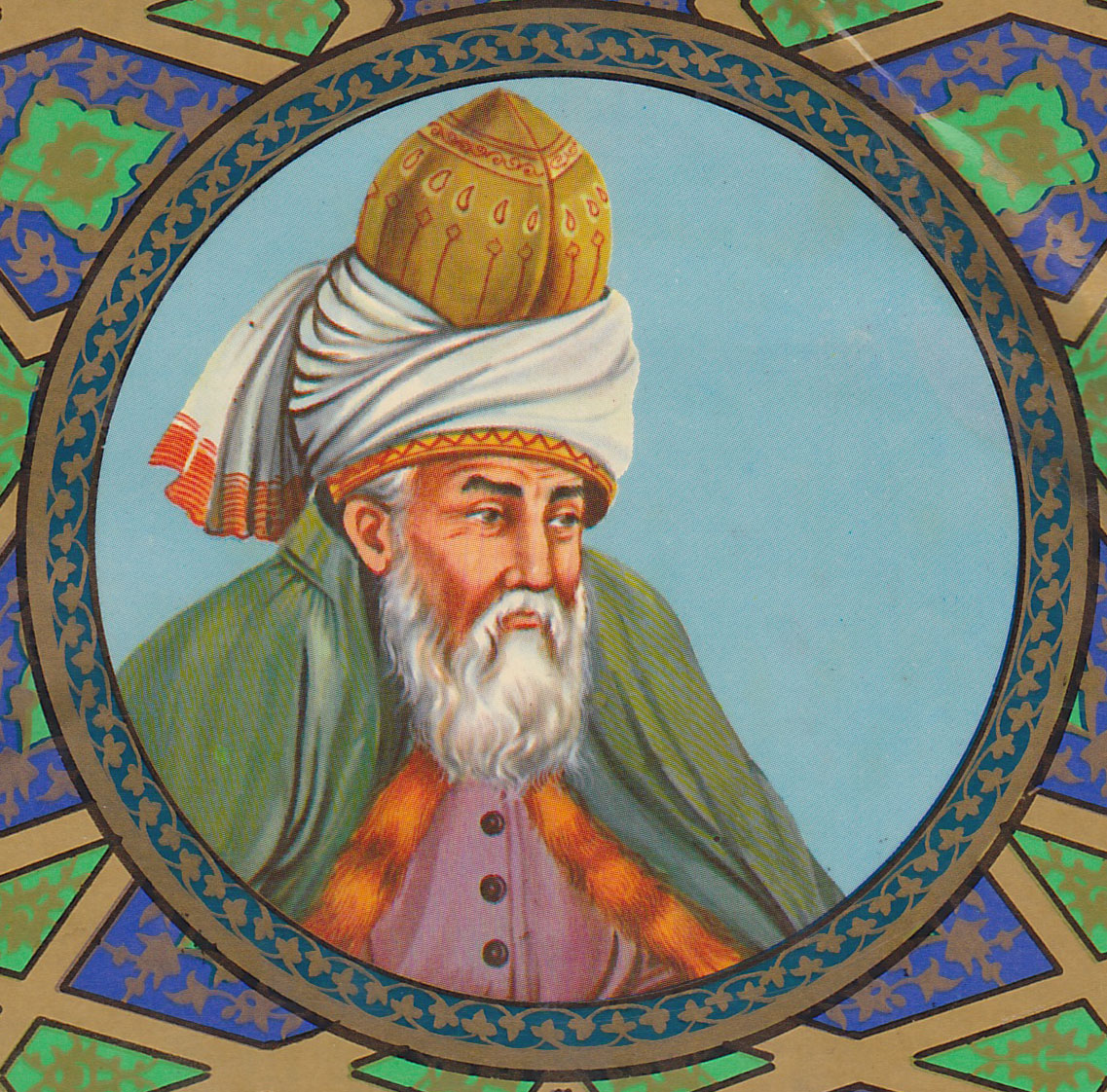The most recent interpretation of the Masnavi-Manavi (Spiritual Couplets), a collection of spiritual verses by Persian poet Jalal ad-Din Mohammad Rumi (1207-1273), has been published by the Tehran-based Bang-Ney Publications.
The extensive interpretation that comes in six volumes is the fruit of 30 years of labor by Iranian researcher and symbologist Nahid Abqari, 63, who is also the manager of the publishing firm.
“The extensive research yielded 6,000 pages at first; but, considering the prevalent reading culture, it was reduced to about 4,000 pages,” ISNA quoted Abqari as saying.
The work casts a comparative look at the fundamentals in theoretical perspectives of spirituality. It is edited by Effatosadat Shahidi, Zahra Rahmani and Nasim Nikpour.
To complete her work, Abqari went through available sources from Rumi including Maktubat, a collection of 150 letters; Diwan-e Kabir (Great Work) or Diwan-e Shams Tabrizi (Works of Shams of Tabriz), containing some 35,000 couplets, 2,000 quatrains, 90 ghazals, 19 Arabic quatrains and some couplets in Turkish and Greek; Seven Sessions that are seven of his sermons in Persian; and Fihi Ma Fih (In It What Is In It), a record of 71 talks and lectures given by Rumi on various occasions to his disciples.
Of other works that give additional clues on Rumi, she searched through Manaqib-al-Arifin, a series of hagiographical biographies of Rumi and other Sufi masters by Shams al-Din Ahmad Aflaki and writings of Andalusian scholar and philosopher Muhyiddin Ibn Arabi, among the available works.
Origins of Stories Explained
The first volume of Abqari’s interpretation contains her thorough research in Rumi’s stories and parables. She explains the origins of the stories and why such masters as Rumi used tales and parables in their teachings.
The first few pages of volume one provides a perspective on Rumi’s life and his contemporaries. One can understand his interactions with Anatolian Seljuks, and what Asia Minor was like in terms of culture, politics and social conditions.
Abqari has referred to Qur’anic stories in reference to the prophets mentioned in the Masnavi.
In the interpretation of the Masnavi-Manavi, the author has also included discoveries in archaeology and philology. The inclusion was meant to give the series a comprehensive scientific background for the account of Rumi’s life and other historical events referred to in the Masnavi.
“I have tried to explain all verses in the Masnavi in the hope of providing answers to possible questions and ambiguities existing about the latent concepts and meanings,” Abqari wrote in the preface.
“With each explanation, I brought in meanings of terms, interpretations, Qur’anic references and old narratives (hadiths), mentioning the sources. Additional details in theoretical concepts of spirituality are added to the footnotes of the verses,” she added.
Rumi and His Masnavi
Jalal ad-Din Mohammad Rumi was a 13th-century Persian poet, jurist, Islamic scholar, theologian, and Sufi mystic. His influence has spread across peoples including Iranians, Tajiks, Turks, Greeks, Pashtuns and Muslims of Central Asia and South Asia. His works have been translated into many languages.
Rumi’s Masnavi-Manavi is considered as among the most prominent legacies in the Persian language. It is one of the best known and most influential works of both Sufism and Dari Persian literature.
It comprises six poetry books and serves as a spiritual guide for the people in their path toward true love with God.


